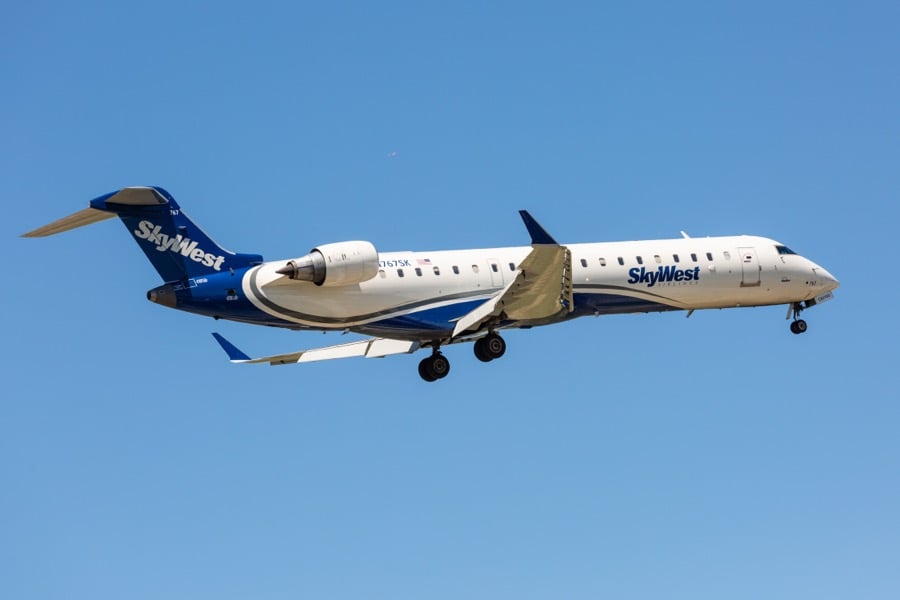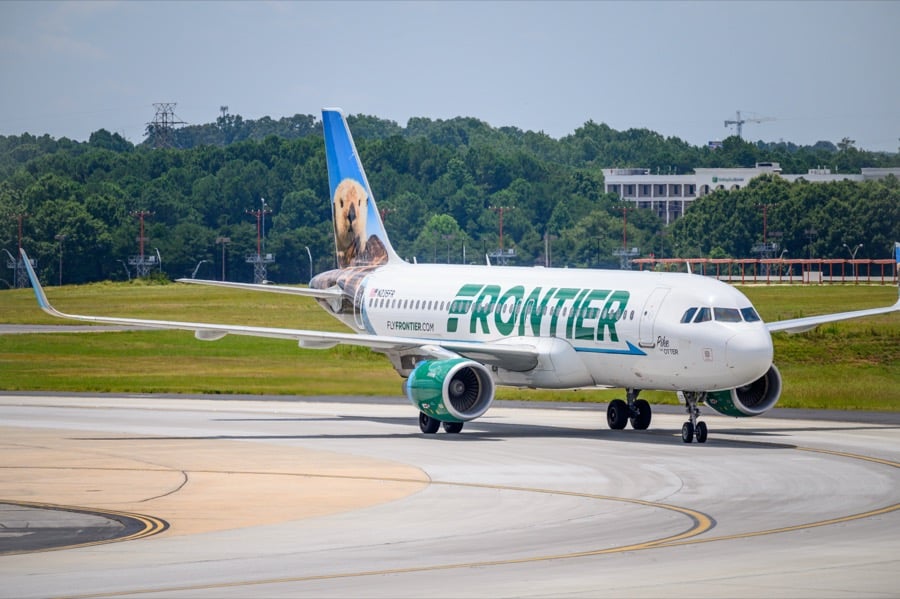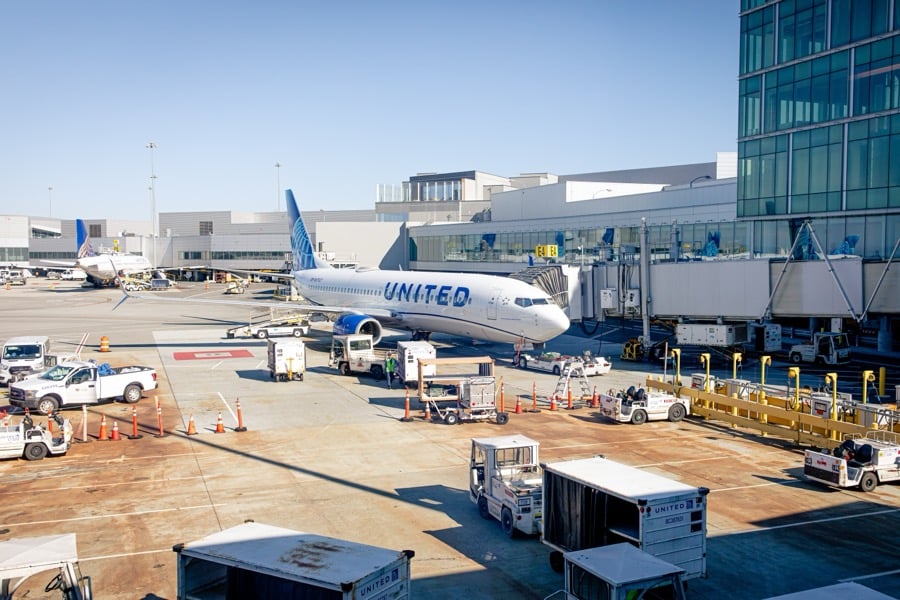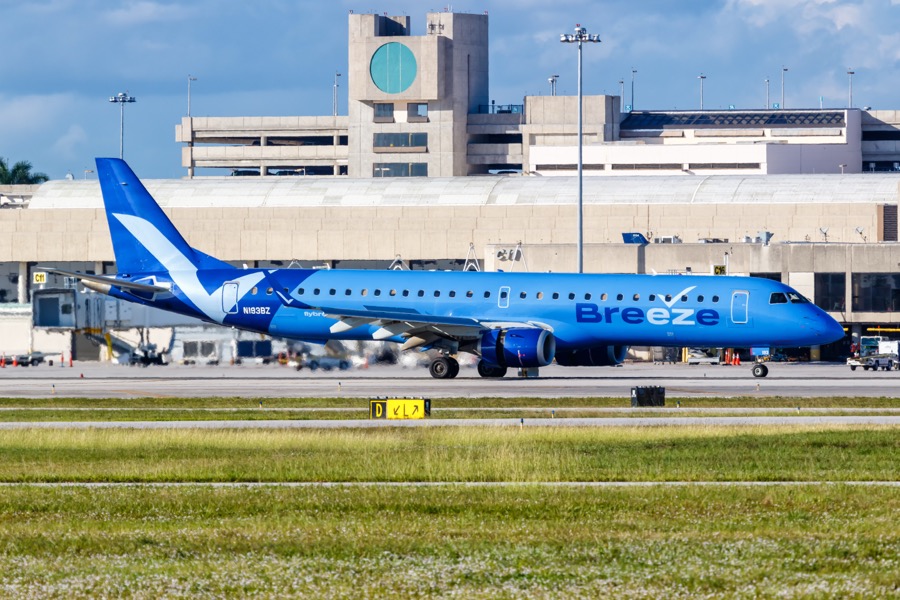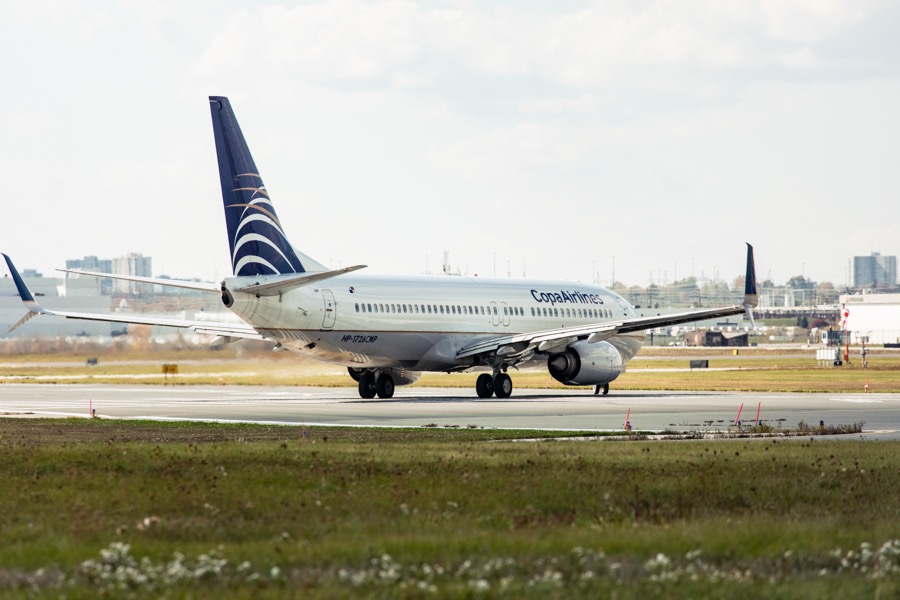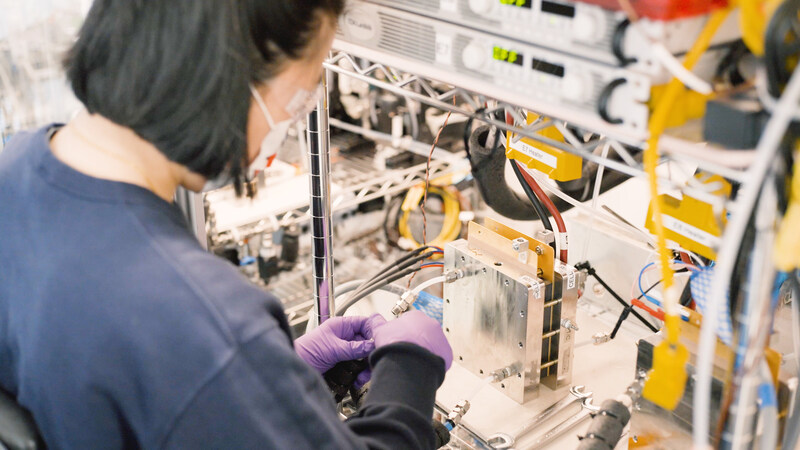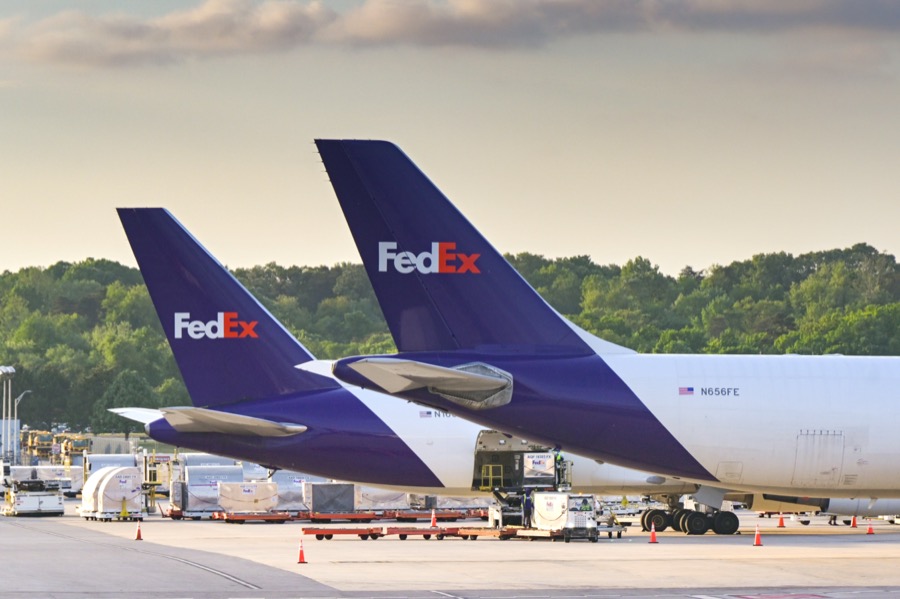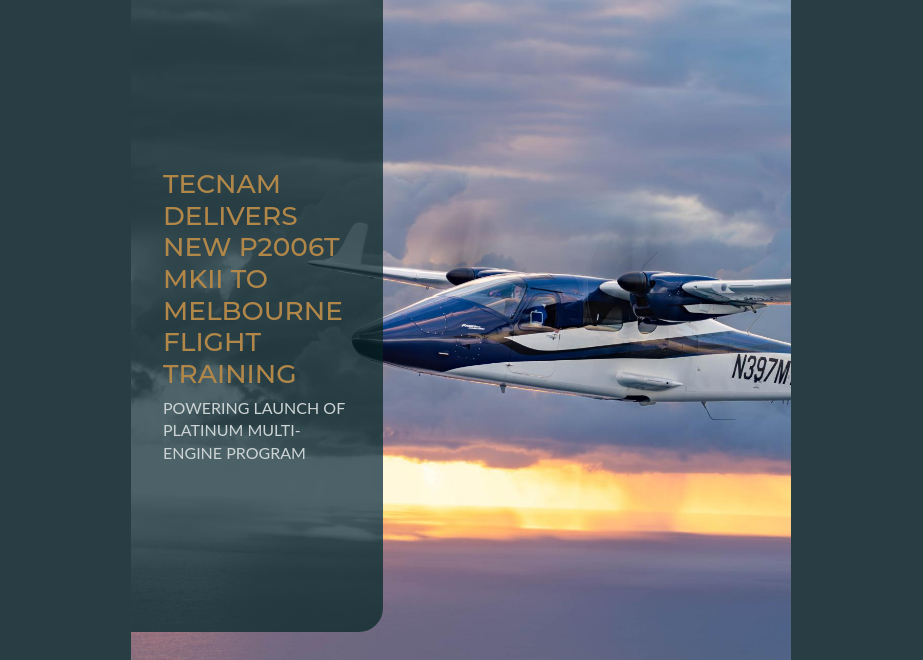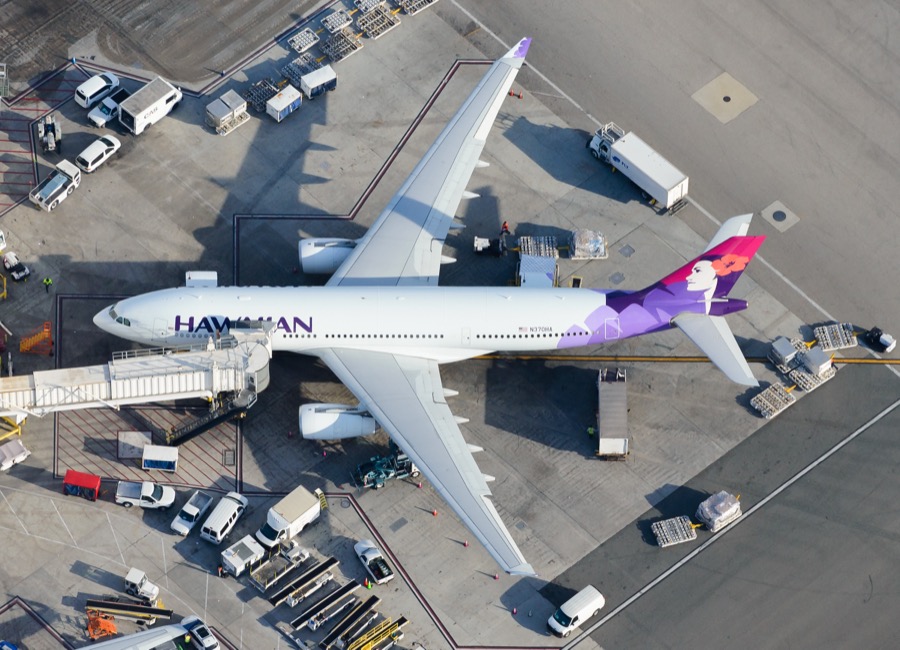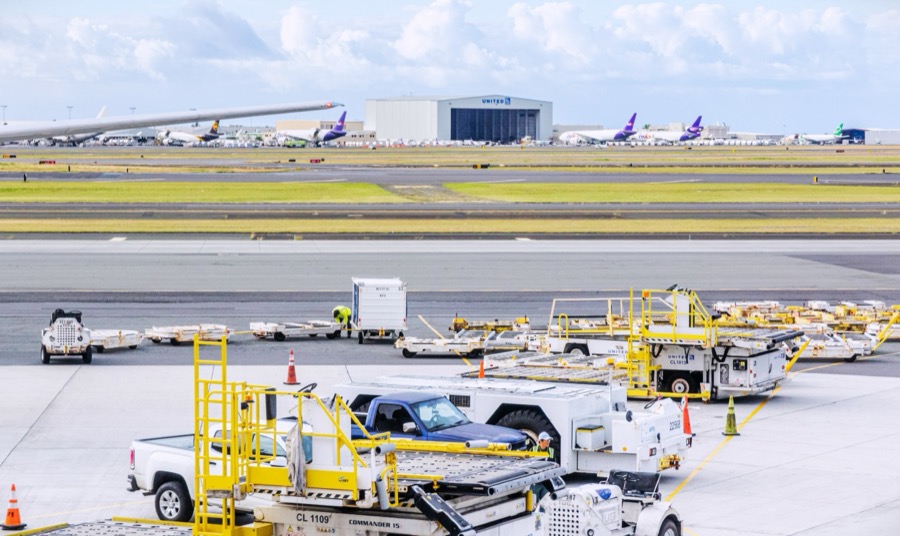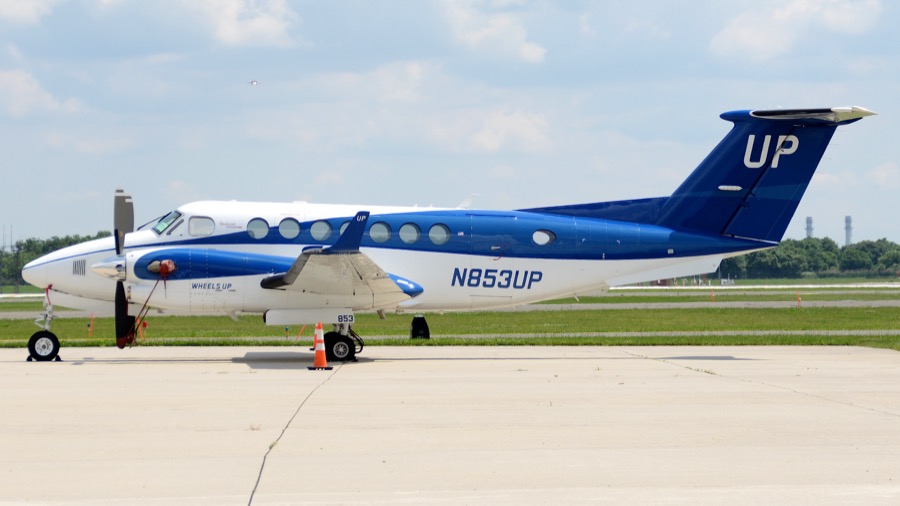
In previous articles, we have talked about the various programs that exist on the safety side to help prevent accidents from occurring. Of course, it goes without saying that this is the ultimate goal of a successful aviation safety program, but the real question is how to achieve that.
Thus far, we have talked a lot about the theory behind preventing accidents, and we have discussed how some programs that require aircrew participation (such as ASAP) gather data to be processed by the safety departments at air carriers world-wide. We have also talked about how data is collected from the airplanes using FOQA data, and how it is applied to monitor trends and exceedances. We also talked about how the data from these programs can be gathered and shared industry-wide by various regulators in the interest of promoting safety worldwide.
In addition to ASAP, one of the main tools an air crew will directly see and touch is Line Oriented Safety Audit, or LOSA. The main distinction of this program is that its use is voluntary on the part of the air carrier. While it is a way to improve safety data collection and feedback, neither is it required to report the to the regulator. This internally collected data can serve as a means to provide additional insight and context into mistakes and the circumstances under which they happen.
For instance, if it is observed that a particular error is occurring frequently as a result of a poorly timed checklist item, then it can be re-evaluated and assessed for inclusion in subsequent revisions of procedures. Alternately, if it is found that there is a general company culture that is increasing the threat level of a particular operation (e.g. fast taxi speeds, or continuing an un-stabilized approach beyond the limit to save time), then that cultural problem can be addressed through modified procedures, training, cultural education and risk assessment/mitigation techniques with aircrews.
It should be noted that LOSA is distinctly different, but complementary to FOQA and ASAP, both of which rely on outcome data to trigger an event, meaning they are reactive. In the case of FOQA, an exceedance must be recorded and in the case of ASAP, something egregious enough to warrant reporting by the crew must have happened. In contrast, LOSA looks at all parameters of the operating environment during a routine flight and uses them in consideration of the overall evaluation. This means that things that were done well and aligned with policy are evaluated equally with things that may not have gone exactly as they should have. This provides even more dynamic feedback to flight operations because they can see what is working and what isn´t working so well. Plus, it allows them to differentiate an occasional or unintended error from one that may be occurring more frequently or for a different reason.
Also in contrast to the FOQA or ASAP programs, which are continuous and aggregate data daily, a LOSA is recommended by the FAA every 3 years or so. Of course, at the carrier´s election, they could be ongoing, but typically they are not. The powerful part of LOSA is that it can use aggregated data from the other data collection methods to focus in on specific issues that the airline may be having. For instance, if ASAP indicates that there is a large number of altitude exceedances on a particular arrival, then LOSA can be tailored to include that particular airport or arrival for increased observation as a way to get better insight into what is causing the exceedances. Once the LOSA program has observed the areas of high exceedances (un-stabilized approaches, for example) then the data and procedure changes can be fed back into the FOQA or ASAP databases to monitor whether the changes have been successful in reducing the number of incidents of that particular type. Of course, in order for this process to be successful, it is not as simple as just saying, “We need to go observe flights.” There is actually a very well developed process for making sure that LOSA activities are as productive as possible.
The first thing that happens is that the LOSA Steering Committee, individuals responsible for ensuring the safe operation of the company, looks at aggregate data to determine any specific areas on which to focus. They decide which issues are most pressing, how many to include, what kind of data is to be included, how to gather it, and how many data points they need. The committee then develops the LOSA plan of action while recruiting and training people who would be qualified to observe operations and gather the data. Of course, these observers are trained on specific techniques to use, what to look for, how to detect it, how to record it and what parameters are being measured, whether the crew does them correctly or incorrectly. This group will usually be comprised of type-qualified pilots in the airplane, and they use a very specific task sheet to ensure the data is impartial and consistently gathered.
The observers are then sent to the line for the purpose of observing and data gathering on the individual flights. The results are then delivered to safety for further processing. It is the processing and collection of this data that gives the safety and operations departments what they need to evaluate the specific areas of study. The data is then used to update policies, procedures, guidance and operational material to be disseminated to the crews.
At this point, we can start to see how a system is developed that is able to constantly track, monitor, observe and evaluate the effectiveness of policies and procedures. Policy change and becomes data- and results-driven, not random or developed without foundation. With the understanding that this process continuously provides data and feedback, it is possible to see how the system is one of continual improvement and refinement, no matter how small the detail. It also becomes more clear that none of these data gathering methods are designed to target individual crews or pilots because the process is focused on the larger picture of monitoring a large sample of crews.
Had they been available at the time, the safety system and the tools we take for granted today, may have averted any number of major catastrophes of the past. This perspective allows us to see that the massive increase in safety that global aviation has seen over the last few decades is the result of developments in a system where constant monitoring and improvement allows operators to mitigate risk, ever and ever lower. Increasing safety and performance in a system is the entire reason for proactive safety, which is immeasurably more effective than having to wait for an accident and then ask the question, “How could this happen?”
In the next article, we will discuss one of the main tools actually used by flight crews to maximize CRM in daily operations. Known as Threat and Error Management or TEM, it is simply a framework to guide behavior and decision making. Remember all those Aeronautical Decision Making models that we all, no doubt, learned during our initial flight training?
As always, feedbacks and submissions are welcomed at Scott.Stahl@aerocrewnews.com.






































